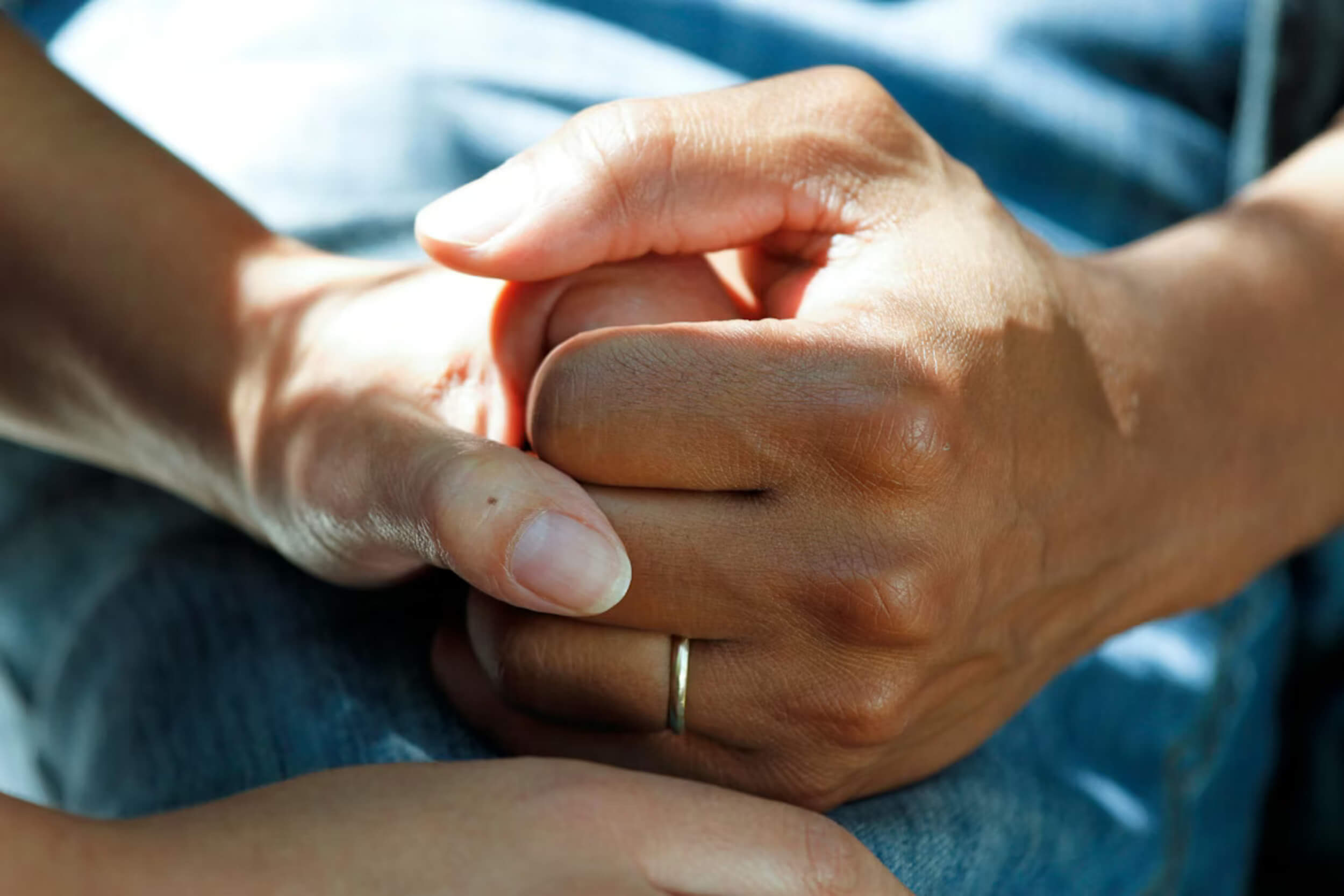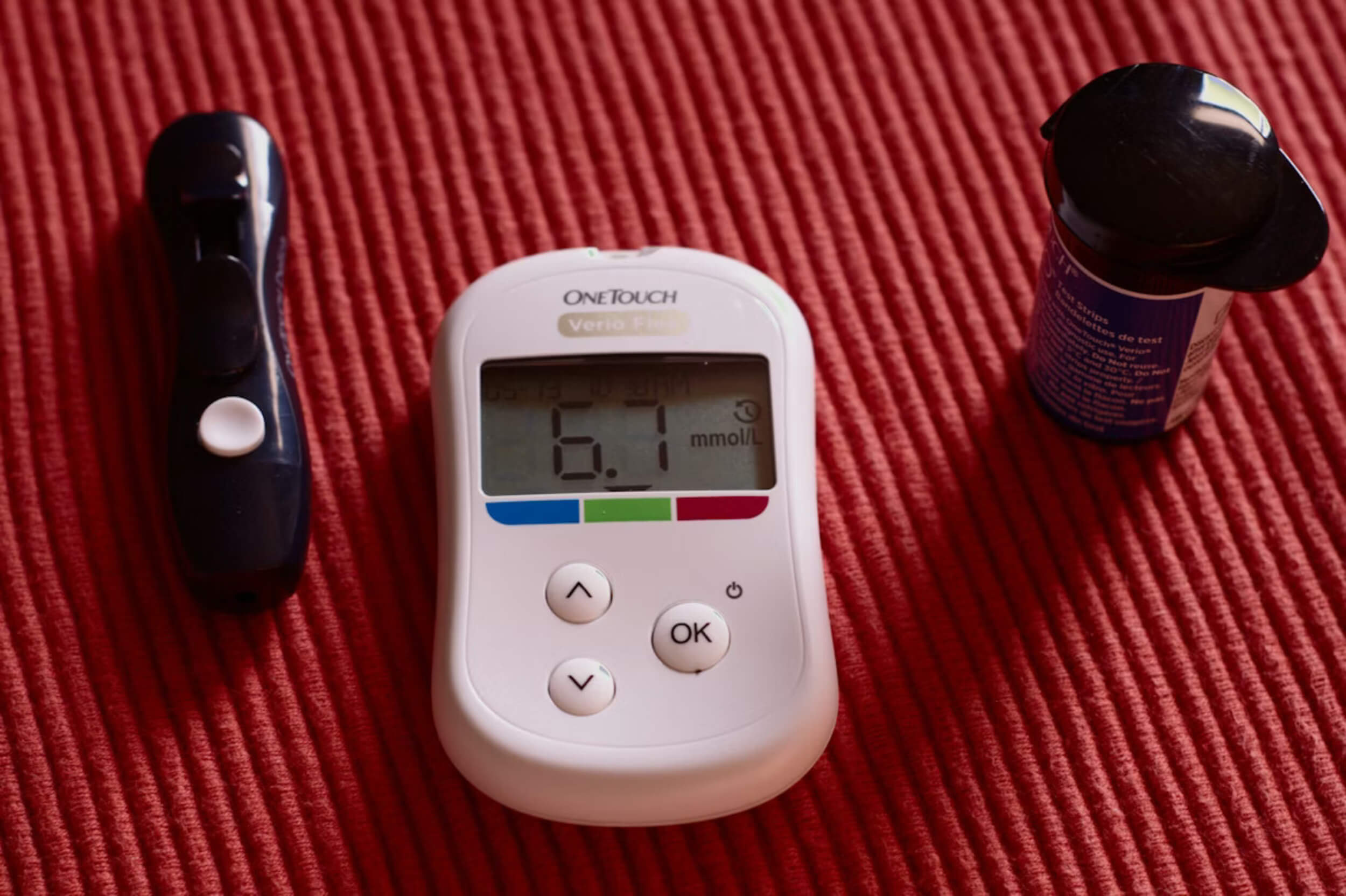How often do you check your skin for unusual changes? With 1 in 5 people developing skin cancer at some point, it’s more common than many realize. The scary part? Skin cancer signs often start small, making them easy to miss. A mole might change slightly, or a tiny bump that doesn’t heal could quietly signal something serious.
Catching these early signs can make all the difference. Skin cancer is one of the most treatable types of cancer when detected early. But here’s the challenge: many of its symptoms don’t scream for attention. They can look like harmless spots, blemishes, or bumps, blending into what we see as normal. That’s why knowing what to watch for is crucial.
This guide is here to make things clear and simple. You’ll learn about the subtle signs of skin cancer that shouldn’t be ignored and why paying attention could save your life. Whether it’s a stubborn sore or an unusual patch, understanding these signs could be the first step toward early treatment and recovery.
Don’t wait until it’s too late—your skin tells a story, and it’s worth listening to every chapter.
Early Skin Cancer Signs You Should Never Overlook
How often do you really take a close look at your skin? Regular self-checks are one of the easiest ways to catch skin cancer signs before they become serious. But here’s the thing—skin cancer doesn’t always show up as a dark or unusual mole. It can appear in ways you wouldn’t expect, like a small bump, a patch of dry skin, or even something that looks like a harmless pimple.
It’s also important to check areas you might not think about. Skin cancer can develop in places that don’t get much sunlight, like under your nails, on your scalp, or even between your toes. Taking a few minutes each month to carefully examine your skin could make all the difference.
By paying attention to these often-missed signs, you’re giving yourself the best chance to spot any changes early and get them checked out by a professional.
The 10 Early Signs of Skin Cancer
Recognizing these signs early can help you take action before it’s too late.
1. Persistent Sores That Don’t Heal
Have you noticed a sore that just won’t go away, no matter how much you try to care for it? A wound or spot that lingers for more than a few weeks could be one of the first skin cancer signs. Normal cuts or scrapes should heal within days to a couple of weeks, but suspicious sores tend to persist or even worsen.
These sores might bleed, scab over, and reopen repeatedly. They’re most common on sun-exposed areas like your face, neck, arms, or hands, but they can show up anywhere. If you’ve been treating a sore with ointments or bandages and see no improvement, it’s time to schedule a visit with your dermatologist. Early detection can make all the difference.
2. Changes in Existing Moles
Have you checked your moles recently? Moles can naturally vary in appearance, but certain changes can signal danger. Look closely for differences in size, shape, color, or texture. A healthy mole is usually symmetrical, has a smooth border, and stays consistent in color.
A useful tool to remember is the ABCDE rule:
- Asymmetry: One half doesn’t match the other.
- Border: The edges are irregular or uneven.
- Color: It’s not a single shade but a mix of colors.
- Diameter: It’s larger than 6 millimeters (about the size of a pencil eraser).
- Evolving: It’s changing in any way—size, shape, color, or even how it feels.
Even if you’re unsure, it’s better to have a dermatologist take a look. Catching changes early could save your life.
3. New Growths That Appear Suddenly
Have you spotted a new bump or patch of skin that wasn’t there before? New growths are one of the most common skin cancer signs, especially if they appear suddenly and seem unusual. These may look like small, shiny bumps, rough patches, or even areas that resemble scars.
It’s important to keep track of any changes over time. A new growth that sticks around for weeks or starts to grow could be a warning sign. Even if it seems harmless at first, a dermatologist’s opinion can help you figure out what’s really going on.
4. Unusual Pigmentation in Nails
Did you know that skin cancer can appear under your nails? If you notice a dark streak or band beneath your fingernail or toenail, it could be a sign of melanoma. Nail injuries often cause discoloration too, but there’s a key difference: injuries fade over time, while pigmentation caused by cancer does not.
Signs to watch for include bands that are dark brown, black, or uneven in color. If the streak appears to grow or doesn’t go away after several weeks, it’s time to get it checked. Don’t overlook your nails during self-exams—skin cancer can show up in unexpected places.
5. Red or Pink Bumps That Look Like Pimples
Think that persistent bump on your skin is just a pimple? Some types of skin cancer mimic acne, making them easy to dismiss. These bumps often appear red or pink, feel firm to the touch, and don’t go away after a few weeks.
Unlike typical pimples, these bumps won’t respond to acne treatments and may even grow larger over time. If you have a “pimple” that’s been hanging around longer than expected or looks unusual, it’s worth having a professional check it out. Early detection can prevent bigger problems down the road.

6. Patches of Rough or Scaly Skin
Have you felt rough, flaky patches of skin that don’t seem to improve? These could be a sign of actinic keratosis, a precancerous condition that can develop into skin cancer if left untreated. These patches are often found on areas frequently exposed to the sun, like the scalp, ears, hands, or forearms.
The skin may feel like sandpaper, appear reddish, or look slightly raised. While not every rough patch is cancerous, persistent ones should be evaluated. Treatment for actinic keratosis is typically simple and highly effective when caught early.
7. Bleeding Spots Without Injury
Have you noticed a spot on your skin that starts bleeding without any obvious reason? Skin cancer lesions can bleed easily, even without being scratched or injured. This is especially true during shaving.
If you find yourself nicking the same area repeatedly, and it bleeds excessively or doesn’t heal, it’s worth paying attention to. Bleeding spots may scab over and then reopen, creating a cycle that shouldn’t be ignored. These symptoms warrant a visit to a dermatologist for further examination.
8. Discolored Patches That Don’t Fade
Have you seen any patches on your skin that look pink, red, or brown and refuse to go away? These discolorations can sometimes signal basal cell carcinoma or squamous cell carcinoma, two common forms of skin cancer.
These patches often appear on the face, chest, or shoulders, but they can show up anywhere. While they might seem minor at first, persistent discoloration is always worth a closer look. Early treatment is simple and highly effective, so don’t hesitate to consult a professional.
9. Changes in Texture of Existing Moles
Do your moles feel different than they used to? A mole that becomes rough, raised, or changes texture could be a warning sign. Many people overlook changes in how their moles feel, focusing instead on appearance. But texture can be just as telling.
If a previously smooth mole becomes bumpy, crusty, or feels inflamed, it’s time to take note. Regular self-checks are key to catching these changes early. Even small differences in how your skin feels can provide crucial clues about your health.
10. Areas of Itching or Pain Without a Rash
Does your skin itch or hurt, but there’s no rash to explain it? Persistent irritation or discomfort in a specific spot can sometimes point to skin cancer. While occasional itching or soreness is normal, ongoing symptoms that don’t improve should be evaluated.
This type of symptom often goes unnoticed because there’s no visible mark or change. But if you’ve been dealing with localized itching or pain that won’t go away, it’s better to be cautious and consult a dermatologist. Early action is always better than waiting.
Final Thoughts on Early Detection and Seeking Professional Help
Taking care of your skin isn’t just about looking good—it’s about staying healthy. Skin cancer signs can be subtle, but catching them early makes all the difference. Regular self-checks are one of the easiest and most effective ways to protect yourself. It only takes a few minutes to look for anything unusual, like changes in moles, persistent sores, or new growths.
For those at higher risk, like people with a history of sunburns, a family history of skin cancer, or frequent sun exposure, yearly visits to a dermatologist are a must. A professional can spot signs you might miss and provide peace of mind or early treatment if needed. The earlier skin cancer is caught, the easier it is to treat—and the outcomes are overwhelmingly positive when addressed promptly.
Don’t put off checking your skin. Set aside time today to give yourself a once-over, paying special attention to areas you might not think about, like your scalp, nails, and behind your ears. If something doesn’t look or feel right, don’t ignore it. Reaching out to a dermatologist could be one of the best decisions you ever make.
Your skin tells a story—it shows the time you’ve spent in the sun, the care you’ve given it, and sometimes, warning signs that need your attention. By being proactive, you’re taking a powerful step toward protecting your health and living a longer, healthier life. Remember, your skin’s health is worth it.














